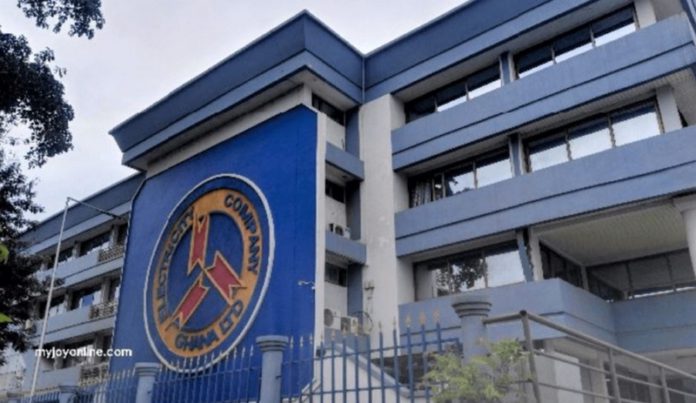The Electricity Company of Ghana (ECG) has failed to comply with the Cash Waterfall Mechanism (CWM) again after briefly adhering to it earlier this year, further exacerbating the energy sector’s mounting debt.
Following a two-month delay in the release of the Cash Waterfall validation reports by the Public Utilities Regulatory Commission (PURC), the reports for May, June, and July 2024 have finally been published.
The May and June reports reveal that ECG made only partial payments to three of the six Independent Power Producers (IPPs) and the West African Gas Pipeline Company (WAPCo). However, three key IPPs—Karpower, Cenit, and Asogli—did not confirm the amounts they received for these months, leaving significant questions unanswered.
May 2024: Partial Payments, Major Shortfall
In May, ECG was obligated to pay GHS 606 million to the six IPPs and WAPCo. However, only GHS 258 million was paid, leaving a staggering shortfall of over GHS 348 million. Notably, Karpower and Asogli failed to confirm the amounts received.
“The Commission has validated payments and receipts from some stakeholders along the energy value chain and wishes to state that ECG did not comply with the approved payment to Level A,” the PURC stated.
June 2024: Worsening Situation
The situation deteriorated in June, with ECG’s shortfall growing even larger. While partial payments were made again to three IPPs and WAPCo, the deficit ballooned to GHS 513 million.
“The Commission has validated payments and receipts from some stakeholders along the energy value chain and wishes to state that ECG did not comply with the approved payment to Level A,” PURC reiterated.
July 2024: No Confirmation from IPPs
In July, none of the IPPs confirmed receipt of any payments, while WAPCo reported receiving GHS 25 million less than what was due. The absence of confirmation from the IPPs casts doubt over ECG’s compliance with the CWM for that month.
Despite the lack of confirmation from the IPPs for July, it is clear that ECG did not meet its obligations for May and June, deepening the energy sector’s financial challenges.
ALSO READ:

